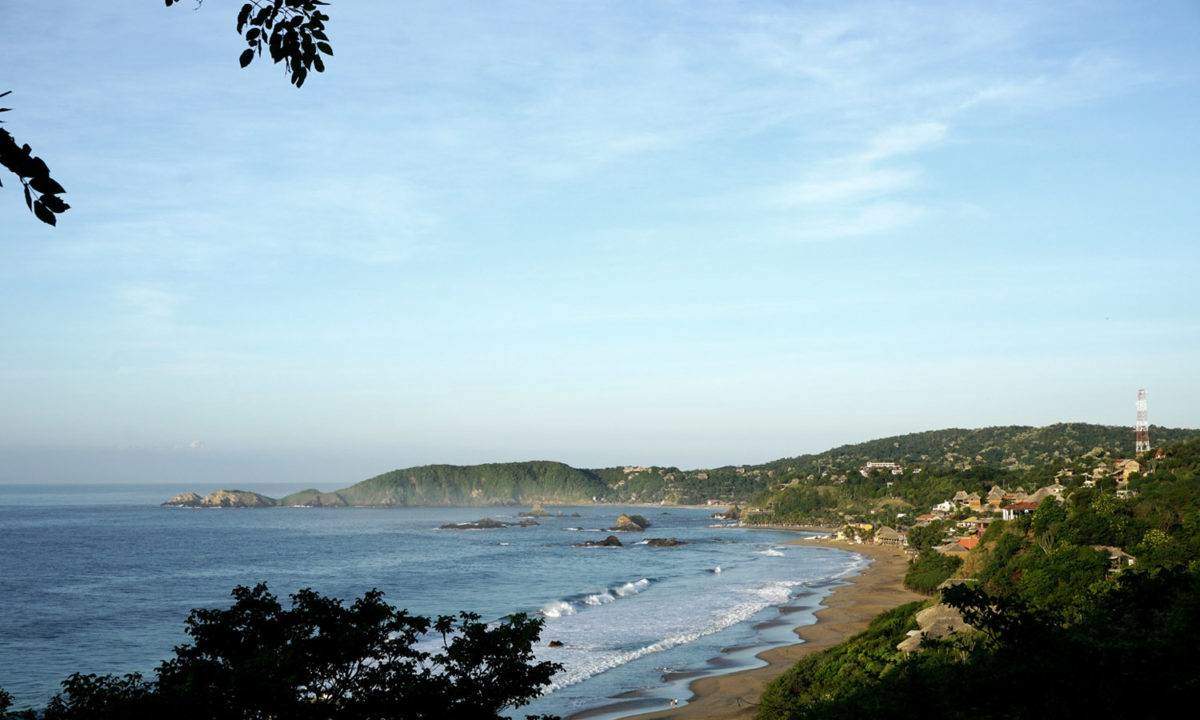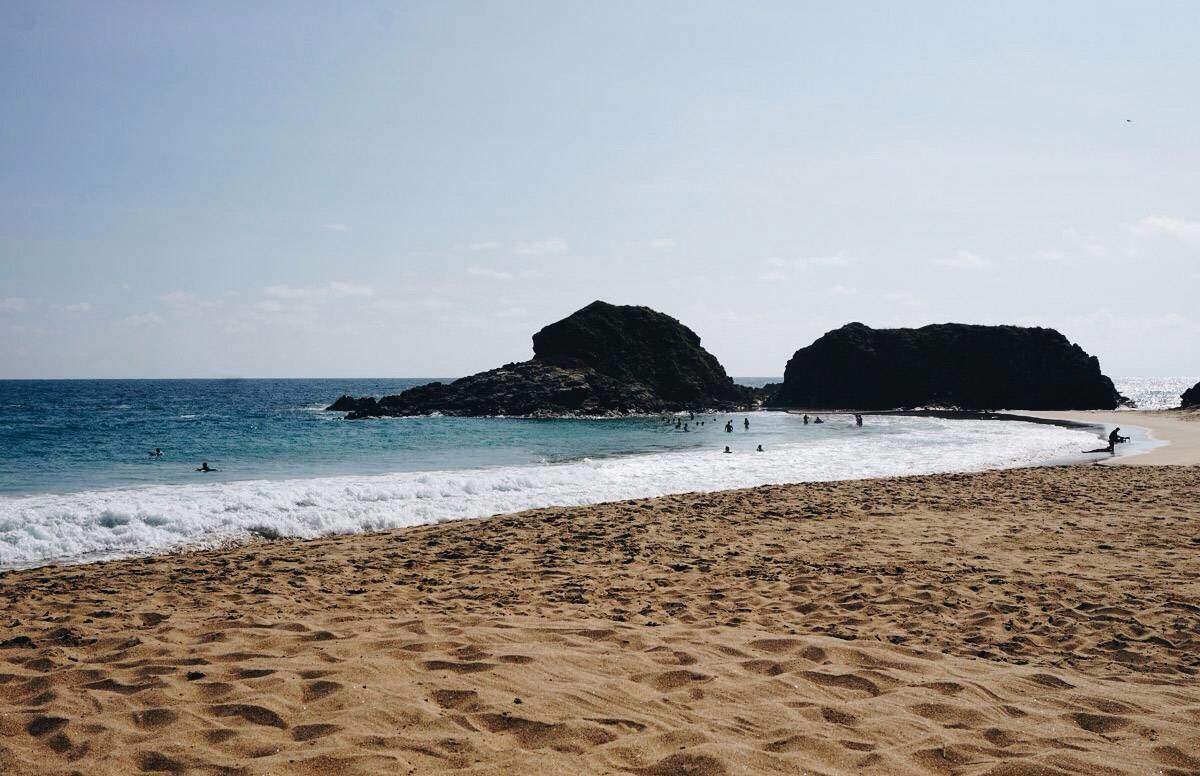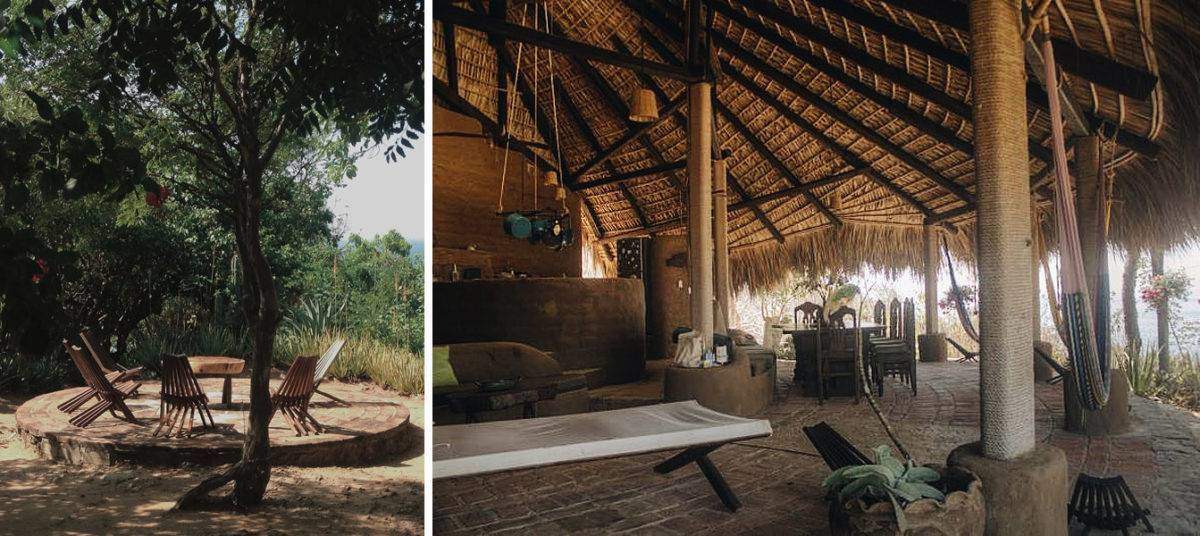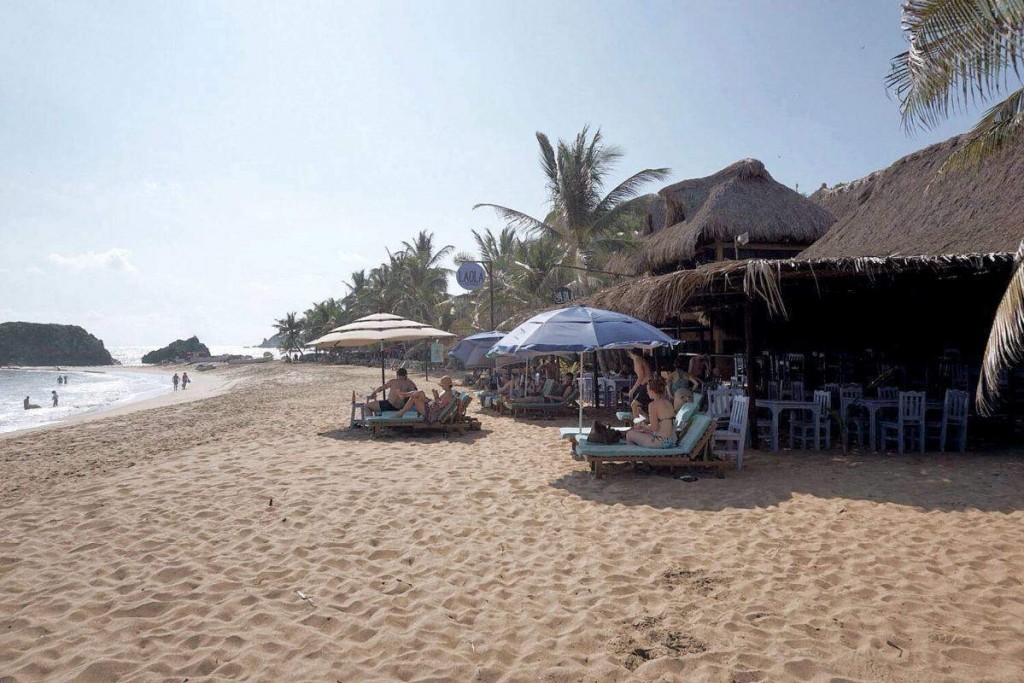I’d seen the word “Oaxaca” in writing many times before I ever bothered to consider its pronunciation, much less what it represented. I chose unfortunate company in which to finally grow curious. What’s this word? I asked a group of surfers with whom I worked one summer at a taco shack, and was met with a level of guffawing and scorn that would have made Donald Trump want to crawl under a rock. One of them had owned another taco shack once near the beach of this Mexican state. Others decamped there every winter for a week or two of catching waves. No one who didn’t know about Oaxaca, they made clear, had any businesses working with them in this surfer-friendly joint.
(It’s pronounced, in case you, like I once did, need to know: wha-ha-kah.)
My next encounter with the idea of Oaxaca came in the form of a personal essay in the New Yorker written by a man whose young wife had broken her back in the waves off of the Oaxacan town of Mazunte, and died soon after. In it, he portrays a Pacific Ocean that in this stretch of the world is to be regarded with fear. Not the best advertisement for a seaside getaway.
Early on in my relationship with it, I had a confused understanding of the place, its pronunciation, its location, its geography.
It’s worth noting that both of the above accounts involve white Americans traveling to a foreign place that has the accepted markers of “paradise” at what to them is a low cost. While most travel journalism produced in the States or Europe is written for them, it therefore likes to emphasize the number of Italians who have come to the area. The reader of American or European travel magazines then has no way of knowing that tourism to Oaxaca’s beaches is 80 percent domestic, which would turn out to be one of my favorite things about it. A beach vacation in Oaxaca feels like visiting Mexico, not visiting a bubble within Mexico created specifically for gringos. For this alone, I’d choose it over more celebrated locales.
From those early accounts of Oaxaca, I’d gleaned nothing of the place I’d encounter when I saw it for myself, of its specific beauty and remoteness, of the spots where the aggressive ocean reliably gives way to swimmability, of the young hippies with their slow voices and the older ones who keep to themselves, of the clacking of a scorpion as it runs from our open-air kitchen and into the brush, of the incomparable mole sauce. These details would assemble into a lasting impression in the fall of 2015, when I headed there for three days of escapism with a group of seven, all of whom, myself excepted, had been working intensively on a conference in Mexico City during the previous week. I was the token tagalong. I was happy with this.
To get from Mexico City to our palapa above the town of San Augustinillo, we took a 45-minute flight to Huatulco, where a taxi then drove us on a curly-cue road that had half the passengers on the verge of sickness by the end of an hour. We have this relatively difficult journey to thank for keeping this stretch Oaxaca shoreline devoid of large hotels and New York chefs and vacationing fashion editors. (Tulum, we’re looking at you.) The towns with the airports, Huatulco and Puerto Escondido, are far more developed, while those in the middle tend toward unkempt footpaths and a lack of air conditioning. Motion sickness aside, the ride introduces visitors to the luscious countryside first, and later the bristly shoreline. It’s good for one’s sense of place.
San Augustinillo, with a population of 200-and-change, is basically one street. It’s a functioning fishing village with a small side of tourism. Here are the highlights of three days spent doing not too much of anything there …
Accommodation: Ranch Cerrro del Águila
By standards of luxury, this four-bedroom palapa in the hills above the Pacific is bare bones: no hot water, no air conditioning, for a bathroom only two compost toilets and outdoor showers. But for all of our lip service to the hunt for authenticity, it’s conditions like these that actually offer it, and it only takes a day or so of assimilation to embrace that. I also appreciated being a five-minute walk from the beach–the waves are loud here, and it’s nice to sleep at a remove from them.
La Ola Restaurant
My all-time favorite restaurants are not the ones in the cosmopolitan cities that come with high expectations and manage to live up to them. Instead, they’re places like La Ola, a modest open-air building on the beach in San Augustinillo, serving food that doesn’t need to be nearly as good as it is. Crazy-good guacamole, margaritas and, more surprisingly, french fries and pancakes.



The Local Specialties
Tlayuda: The local street food in Oaxaca is tlayuda (pictured above), sort of like burrito but with a tortilla that’s been baked to crunchiness and filled with, among other ingredients, the best cheese. For whatever reason, tlayuda hasn’t made it far beyond Oaxaca, much less as far north as the US. Google images seems to think it’s usually served open and flat, like a pizza, but we never encountered it prepared that way.
Mole: On our first night in the palapa, we hired the caretakers to cook our dinner. I don’t remember anything about it except the mole sauce, chocolate-y but also meal-like. I took to eating it with rice, as a full dinner. I’d like to go back to San Augustinillo for many reasons, but top of the list is that mole sauce.









